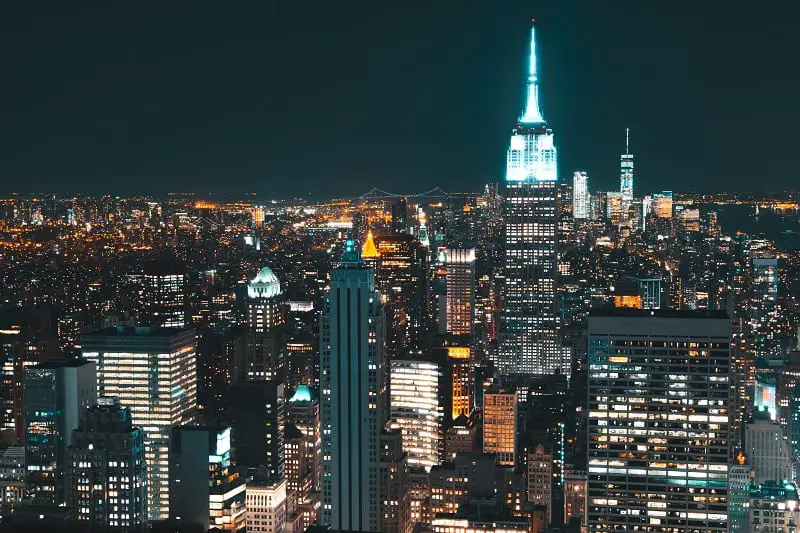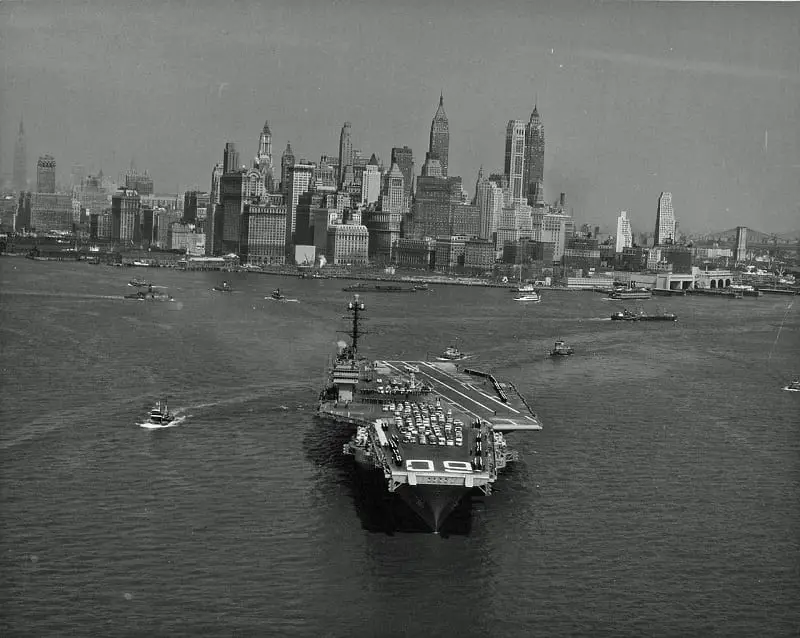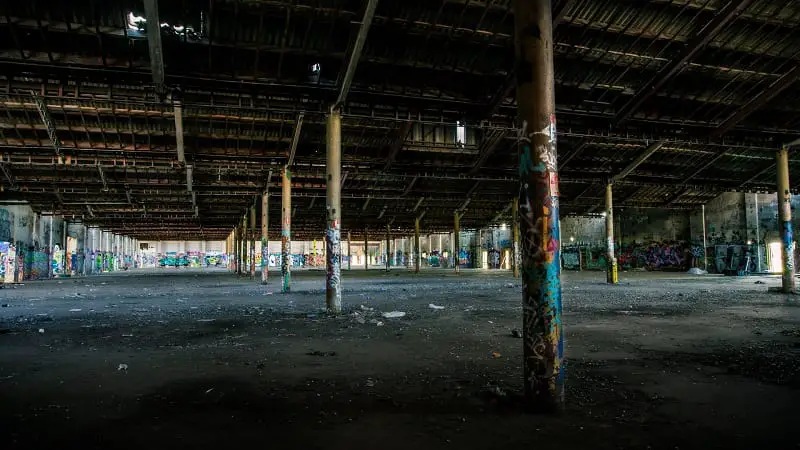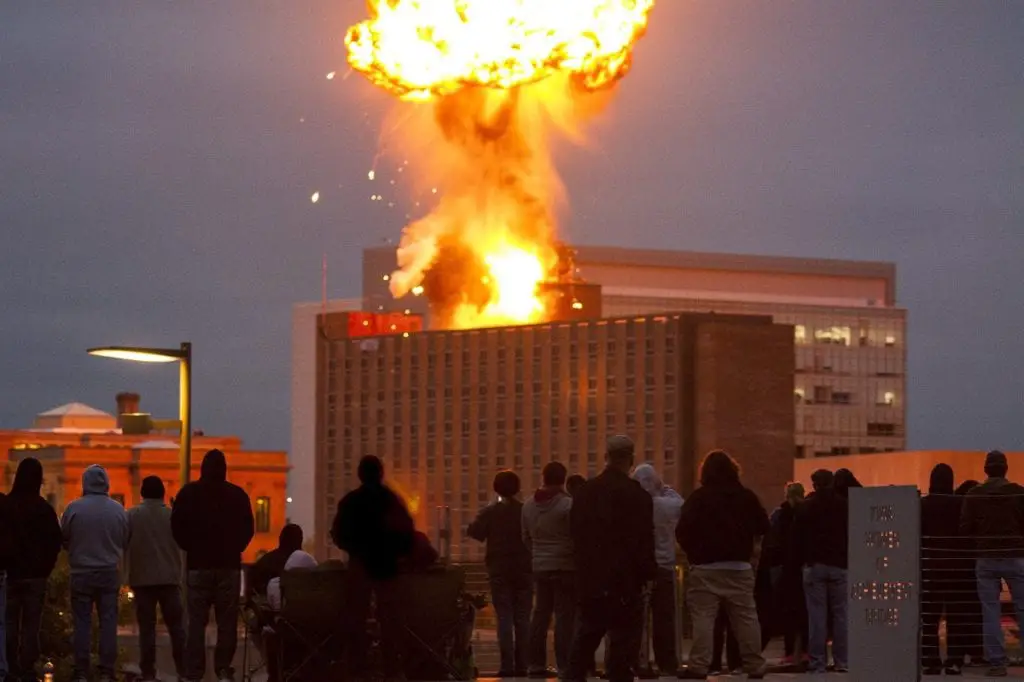There is something unequivocally practical about replacing things that have outlived their usefulness with newer, more efficient versions of themselves.
The world is a colossal construction site: we replace the old with the new, and the new with the newer, in a continuous cycle.
Like an aging diva, the modern world has undergone so many facelifts that – for many – it is now impossible to recognize her for what she once was.
The rattling of backhoes, jackhammers, and pile drivers has become the aria of civilization recreating itself. And she’s been singing that melody since the boom days of the 1970s.

The Business of “Unbuilding”
The world’s biggest cities are probably the most thoroughly altered landscapes of all. By now each has an almost wholly artificial environment. The parts that resemble nature are basically décor.
Most developed world cities started building skyscrapers after the Second World War. These buildings were International Style architecture, unrecognizable in terms of a particular locale, universal in terms of their ubiquitous metal, concrete, glass – and fully air-conditioned.
Now their date is up and their balance sheet cost-effectiveness no longer attracts.
The business of disassembling – or “unbuilding” – these outmoded skyscrapers is just now developing, but most agree it will gain pace as more cities modernize.
Some high-rises still get imploded, but usually, in a busy city, demolition techniques must be inconspicuous – as quiet and environmentally friendly as possible.
The 40-story Akasaka Prince Hotel in Tokyo was slowly demolished in 2012-13 using a technique where a cap was built on top of the building. It was stripped floor by floor as the cap was lowered, so all the dust, mess and debris was contained and removed with no effect on the environment.
Plenty of other clever techniques to demolish exist. Some start at the base and work up, others in reverse. Entire buildings are wrapped in scaffold and protective fabric then literally dismantled in the reverse order to which they were built. Interiors are unbuilt the same way.
Building to Unbuild
Reverse building involves removing the glass, then the frames, taking off the wall cladding, then scraping away at the concrete and steel frames bit by bit. Concrete is removed to expose the steel reinforcing bars, which are then separately removed and recycled. In the process, unwanted material can be uncovered, like asbestos, which needs particular care in handling.
The benefits of this procedure are many and diverse. Unbuilding provides large numbers of construction jobs and associated employment in transportation, waste management, and recycling. Contractors recycle and reuse the waste rather than dump them.

What has interested those involved with this work is the capacity of building designers to creatively improve their buildings in terms of life after use-by date. They are developing techniques that assist in unbuilding and salvaging materials, even down to pipes and wires, modular components, and simplified connection practices.
The logic is that clarity of building structure and services makes retrieval simpler. Less complexity of materials and components means a building can be untangled more efficiently.
More Sustainable Cities
And most of the buildings that rise to replace the old feature LED lights, solar shades, recycled cabinets and flooring, rainwater irrigation systems, solar thermal heat tubes, and green roofs, among others. In cities like New York, some builders want to raise the bar further, arguing that truly sustainable buildings should be the goal.
The progress is at once impressive and heartening because it signals what looks to be an industry-wide modification of the archetype. Too many of us have been made to believe that the best we can do to save the earth – and ourselves – is to set our cans and bottles and newspapers on the curb each week.
That is simply not enough. Most of us know this at a certain level – yet some reject it like alcoholics in denial.

Because standing between us and a real solution to our energy and waste nightmare is a sprawling, well-entrenched economic system built on fossil-fuel capital. The car and the coal-fired power plant are its principal icons. Gas-guzzling engines and toxic technologies have, in fact, defined modern culture – and our lives – up to this point.
Happily, more and more governments and industries are tending toward a regenerative economy in which resource and energy consumption are minimized. That’s why the built environment – including the roads that keep it running – is a key target for many progressive policies around the world today.
Driving the need for much greater reuse of old building materials is an awareness of the fragility of our resources and the energy we use to consume them.
The standard object of the planners of modern Utopia – it seems – is a climate-friendly, environmentally-responsible metropolis surrounded by forests and grass. Ironically, it was the car and the coal-fired power plant that put all that within our reach.
But what a terrible price we paid – and have yet to pay – for our emancipation.
Parts of this article originally appeared in a report by Norman Day for The Conversation.






